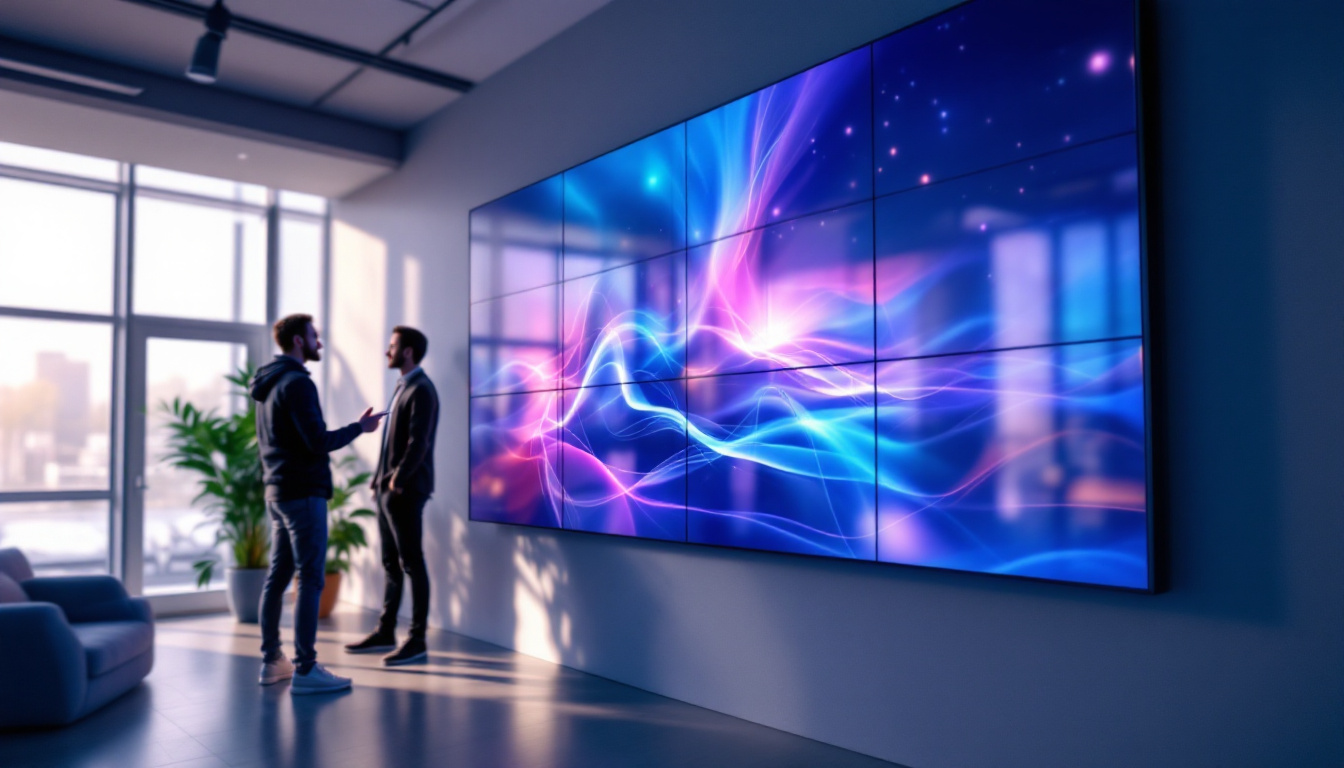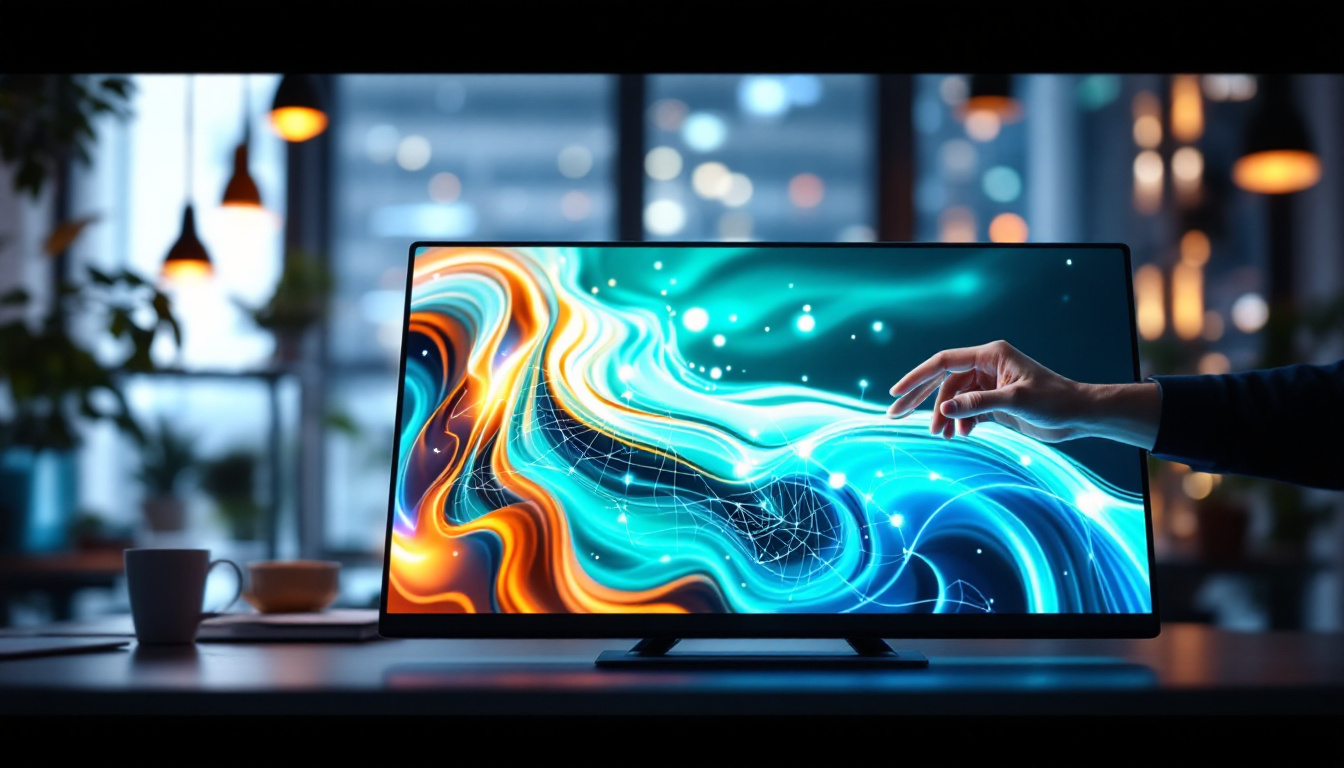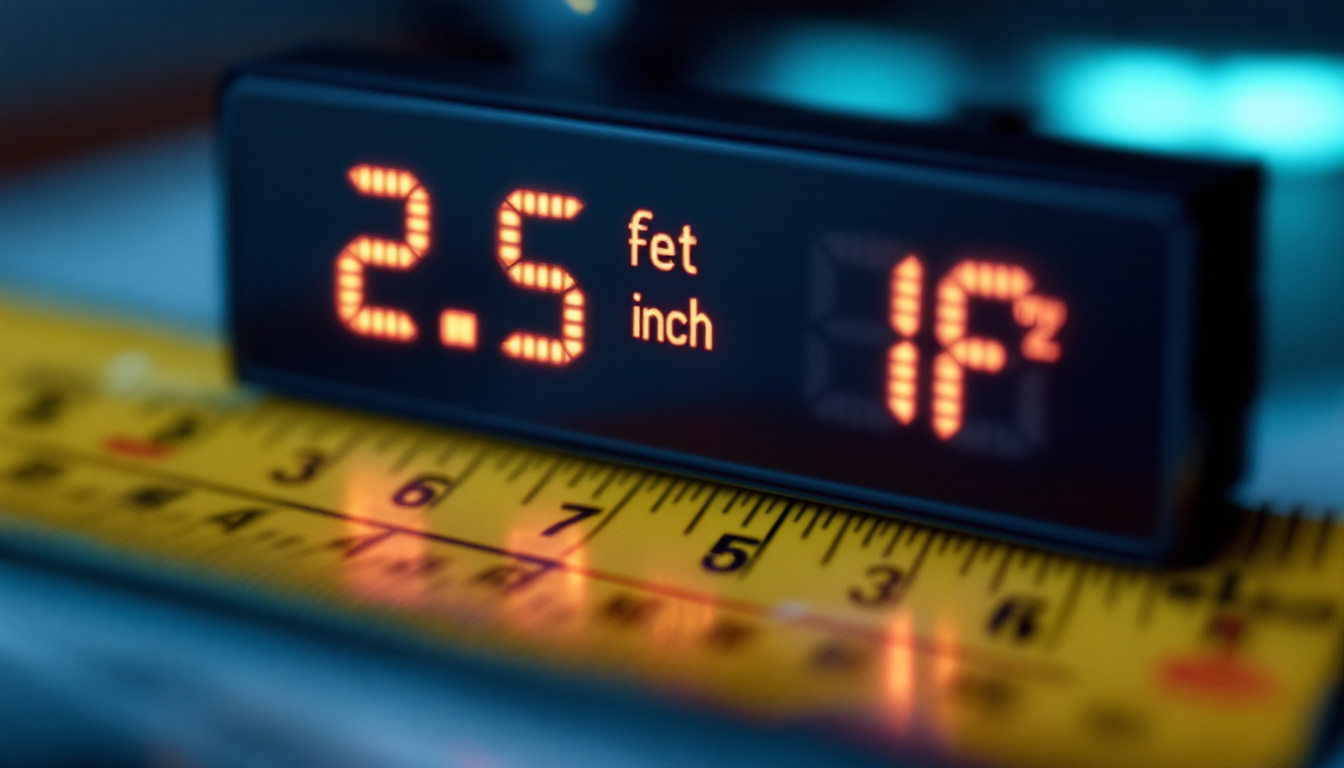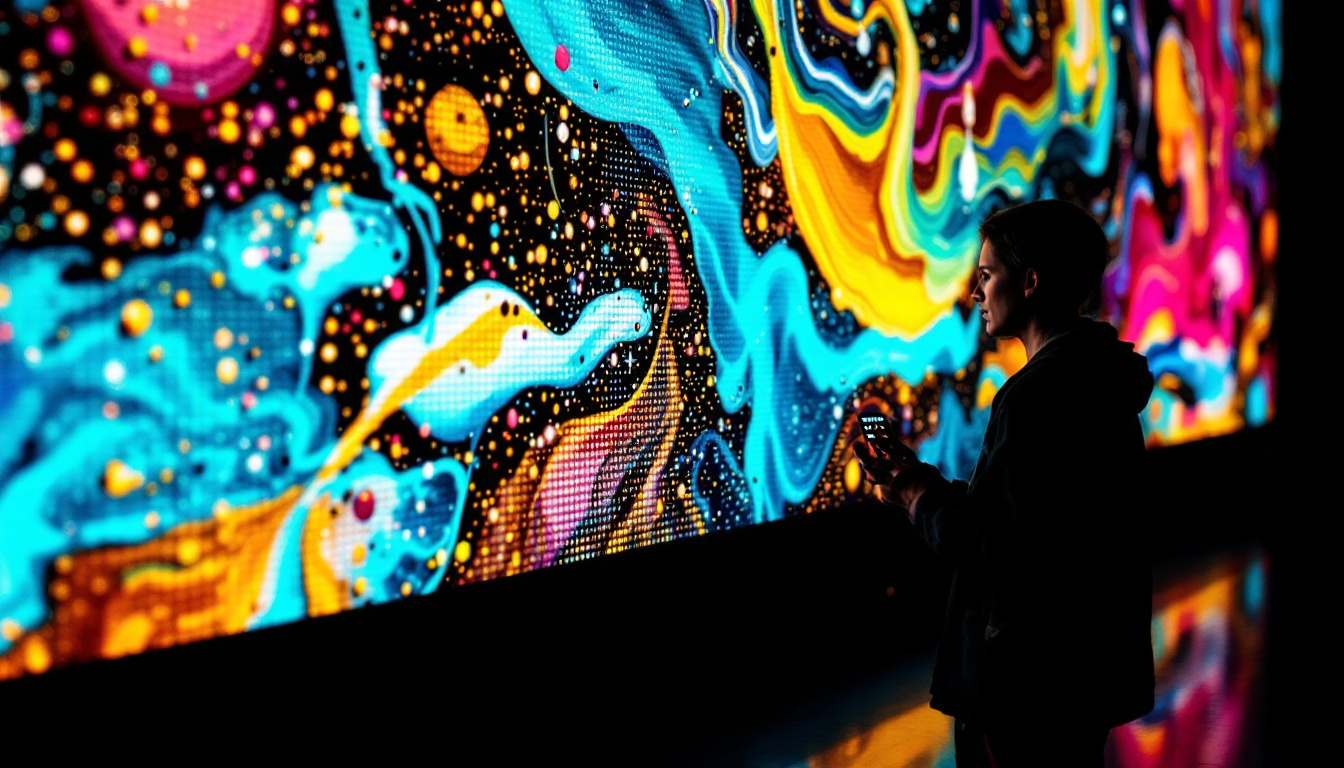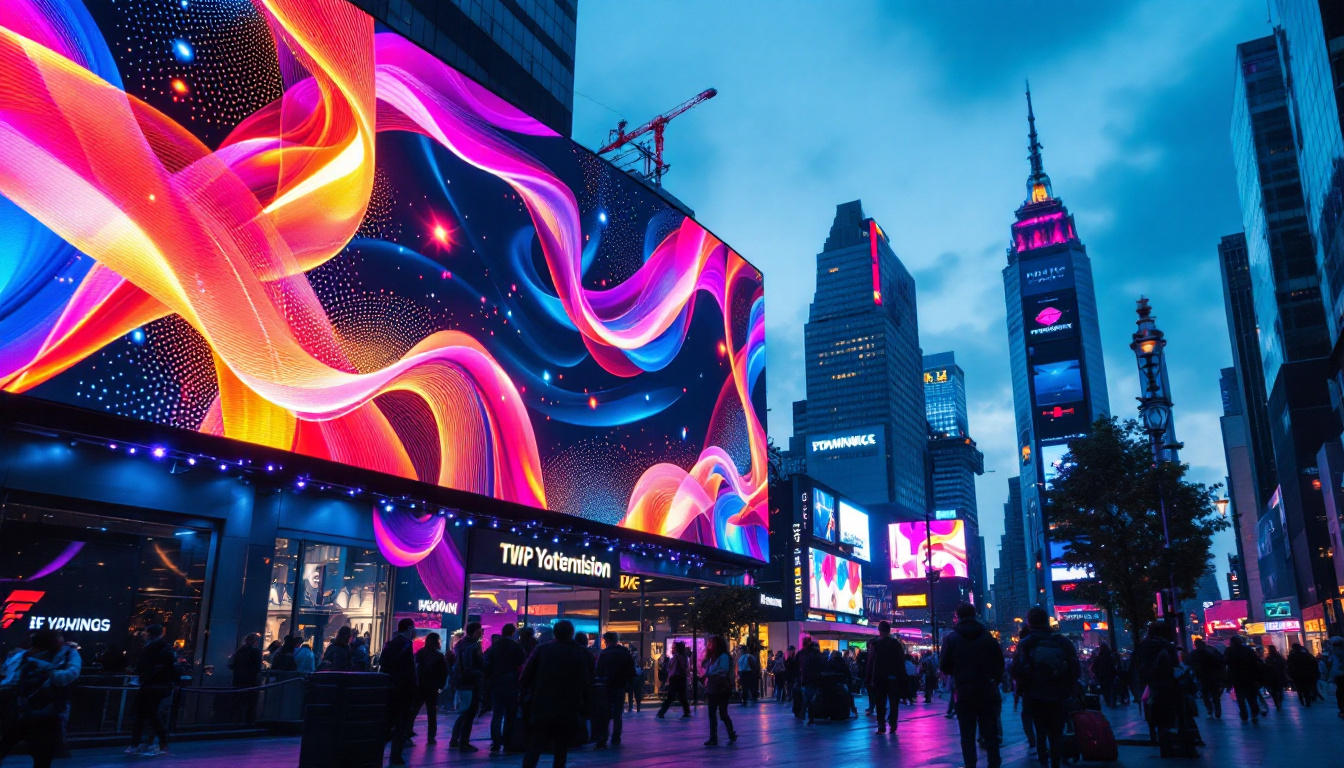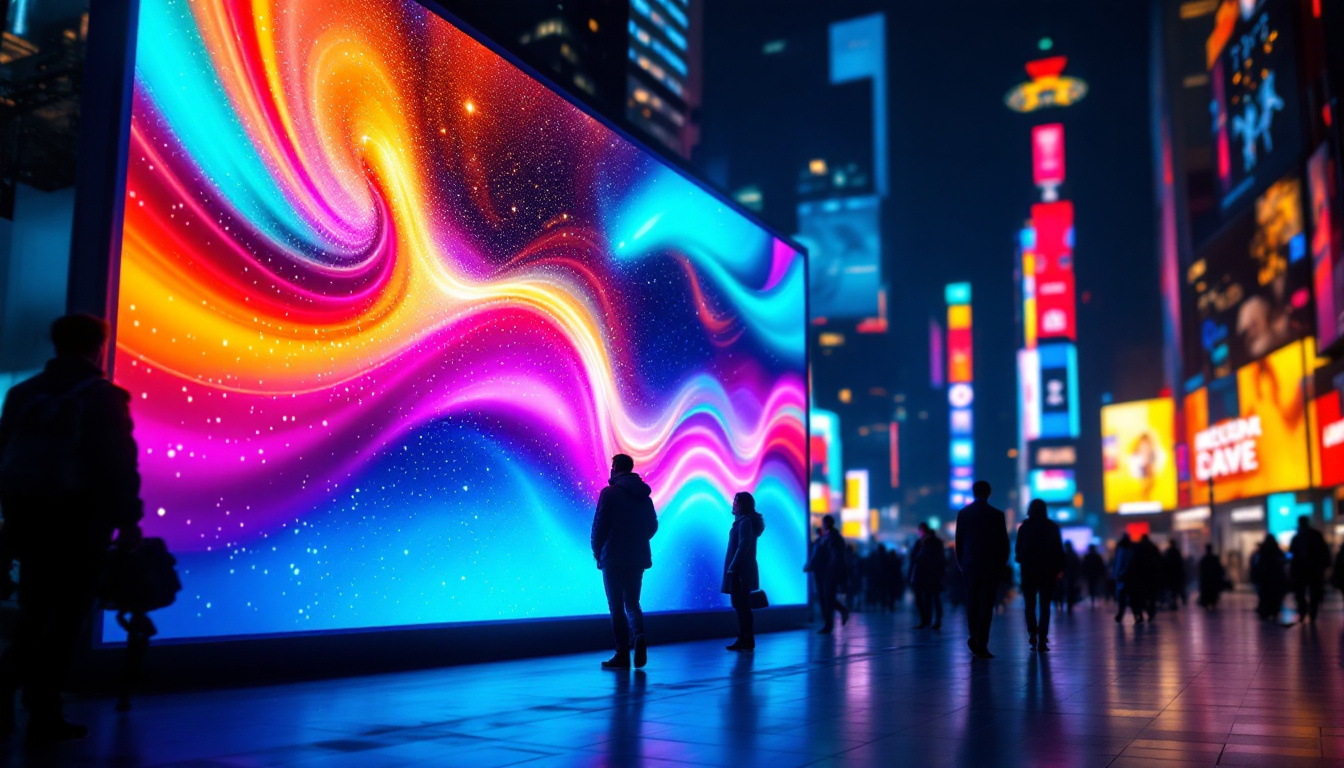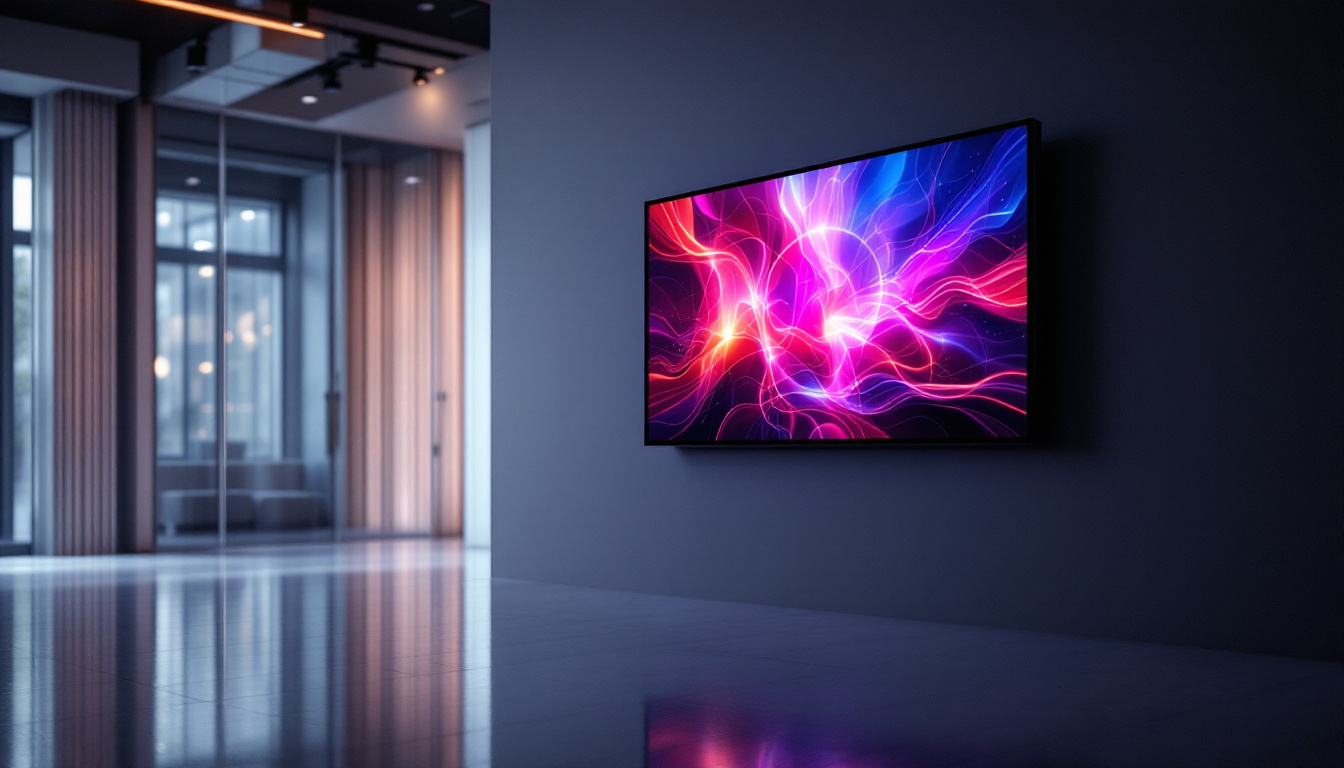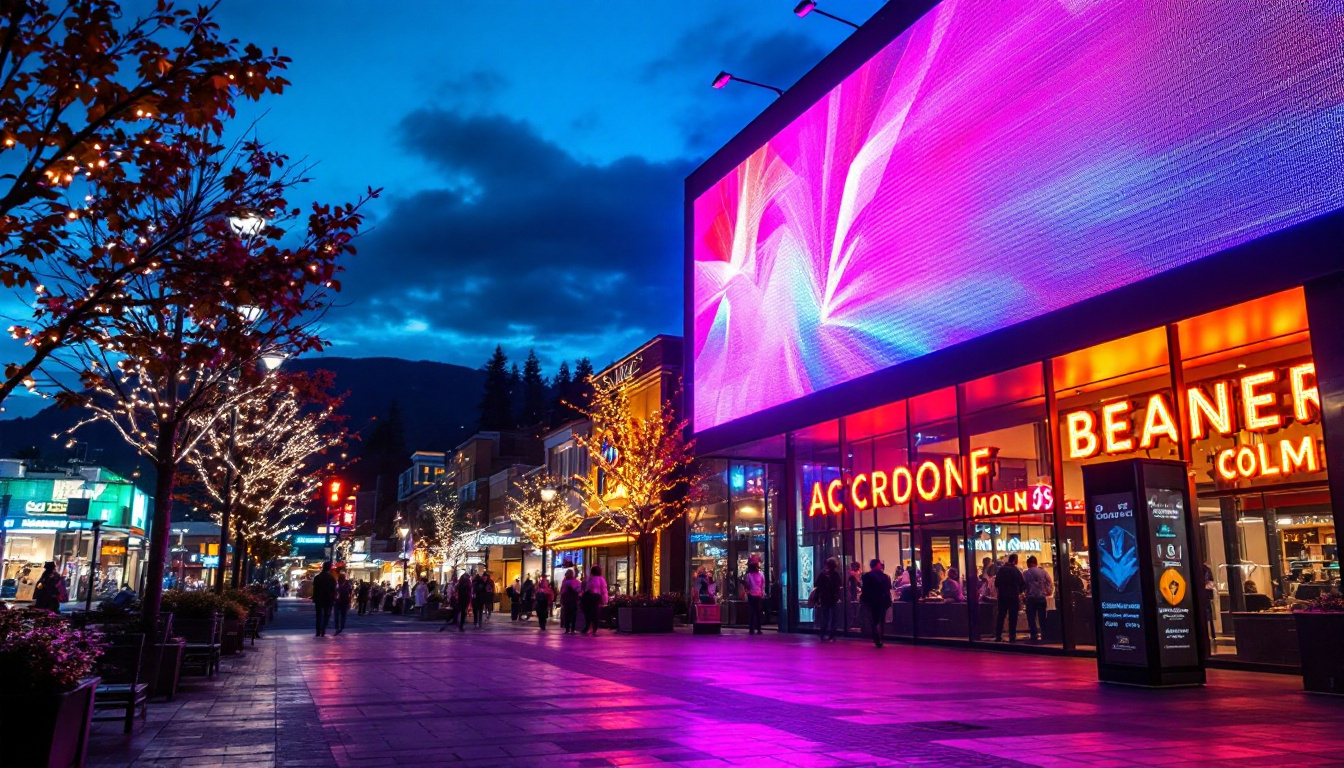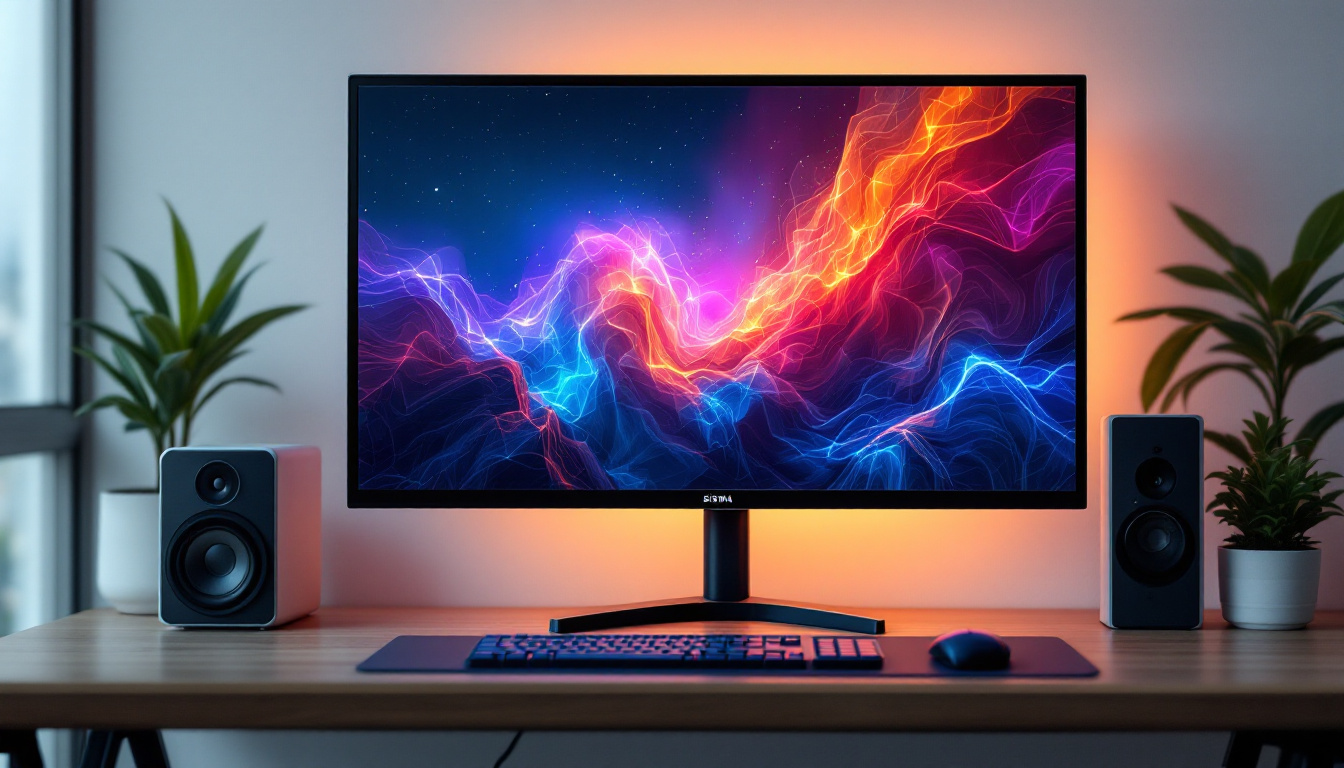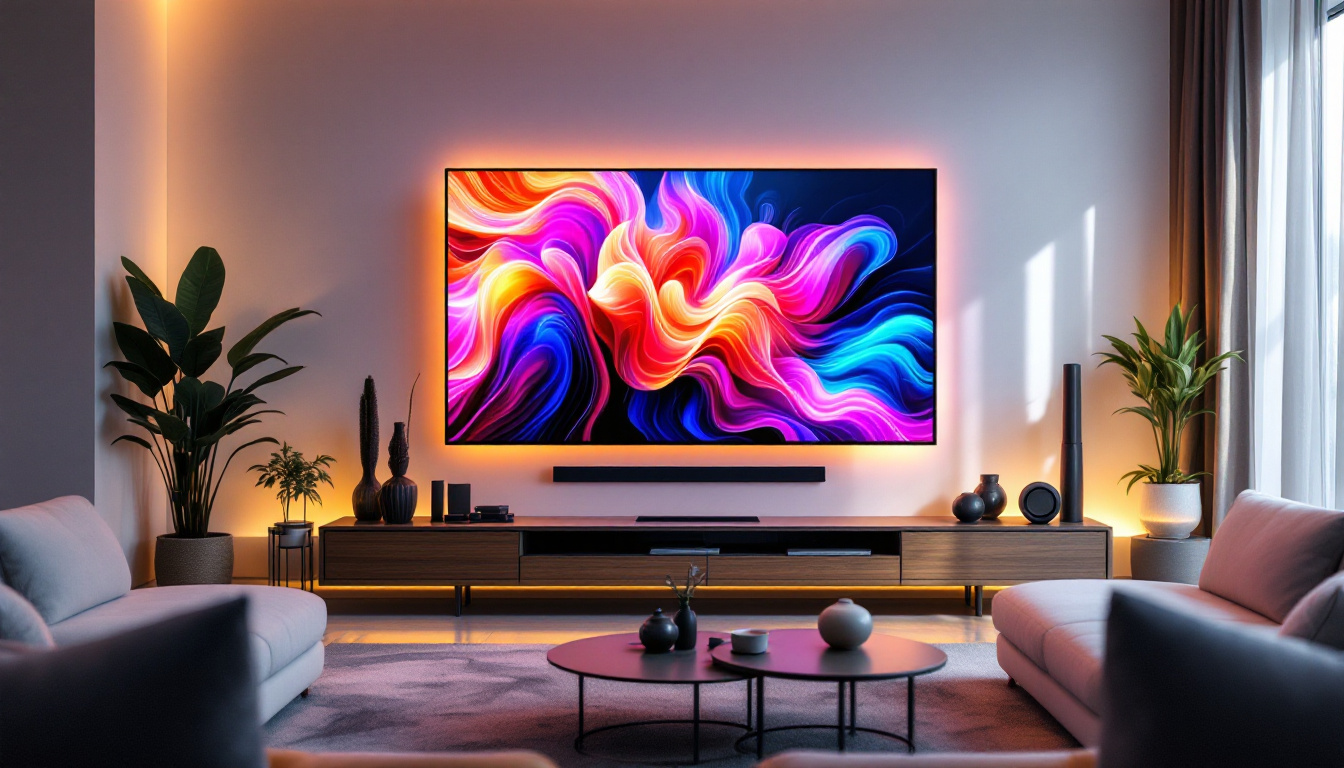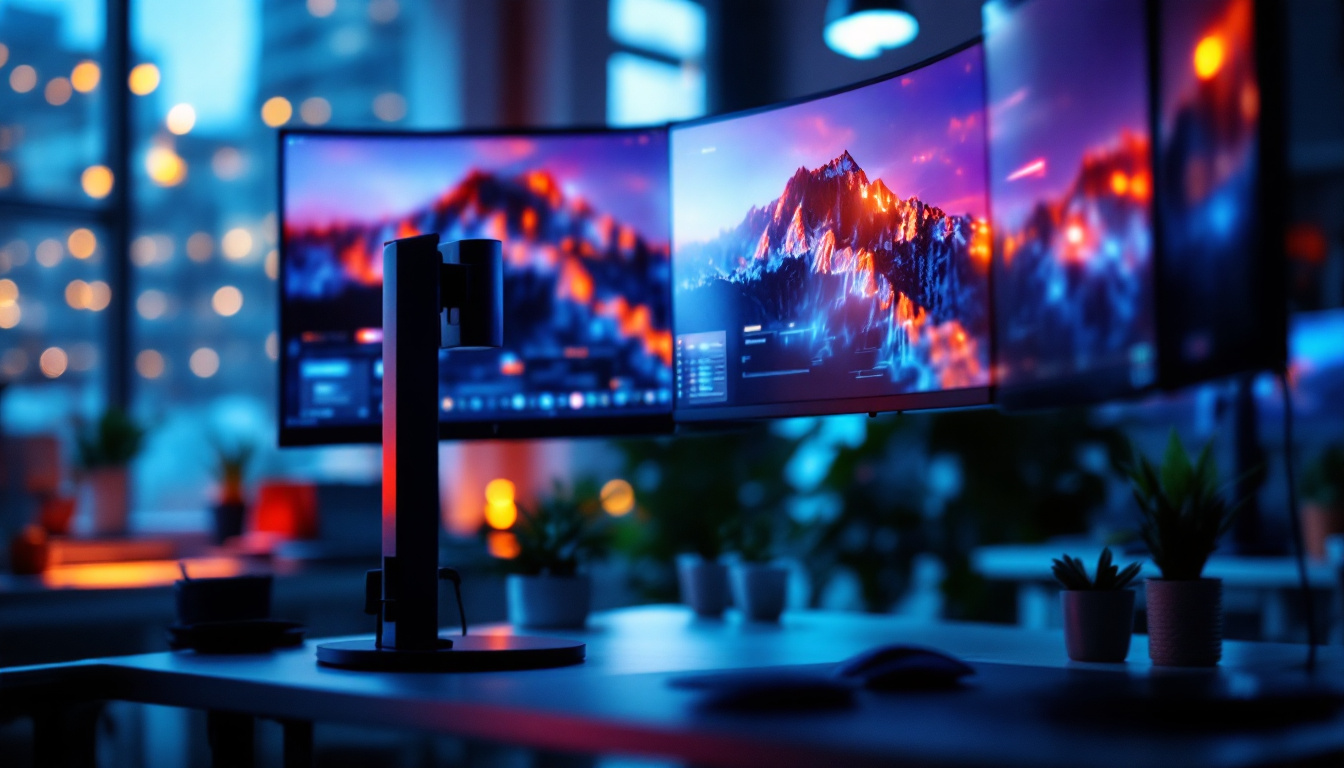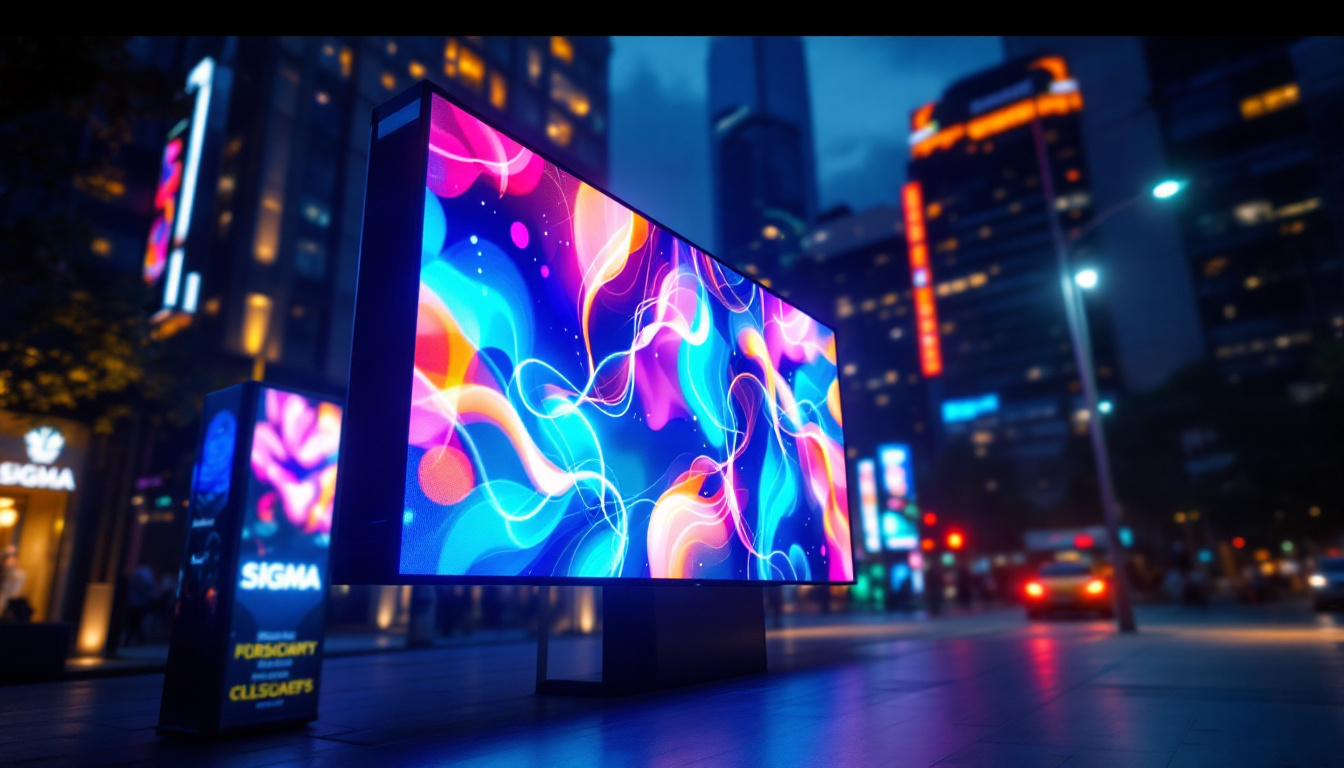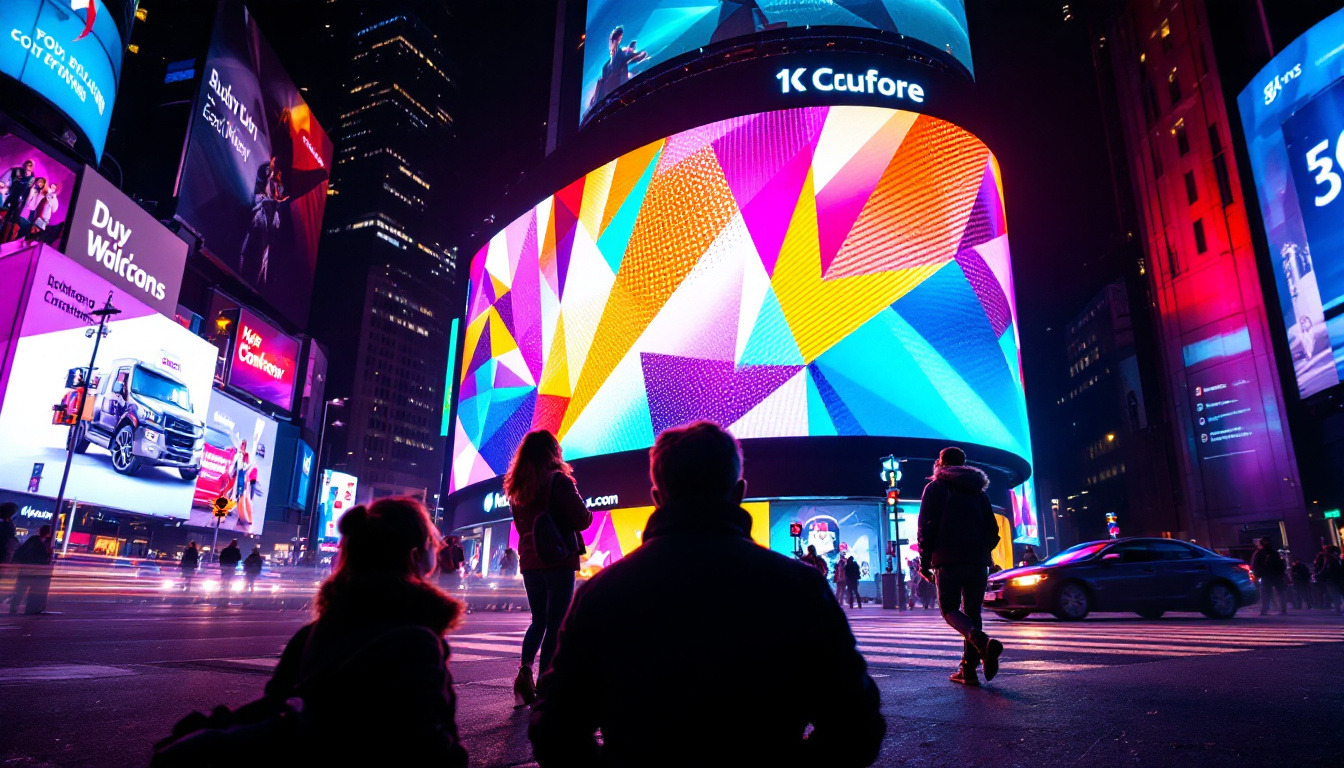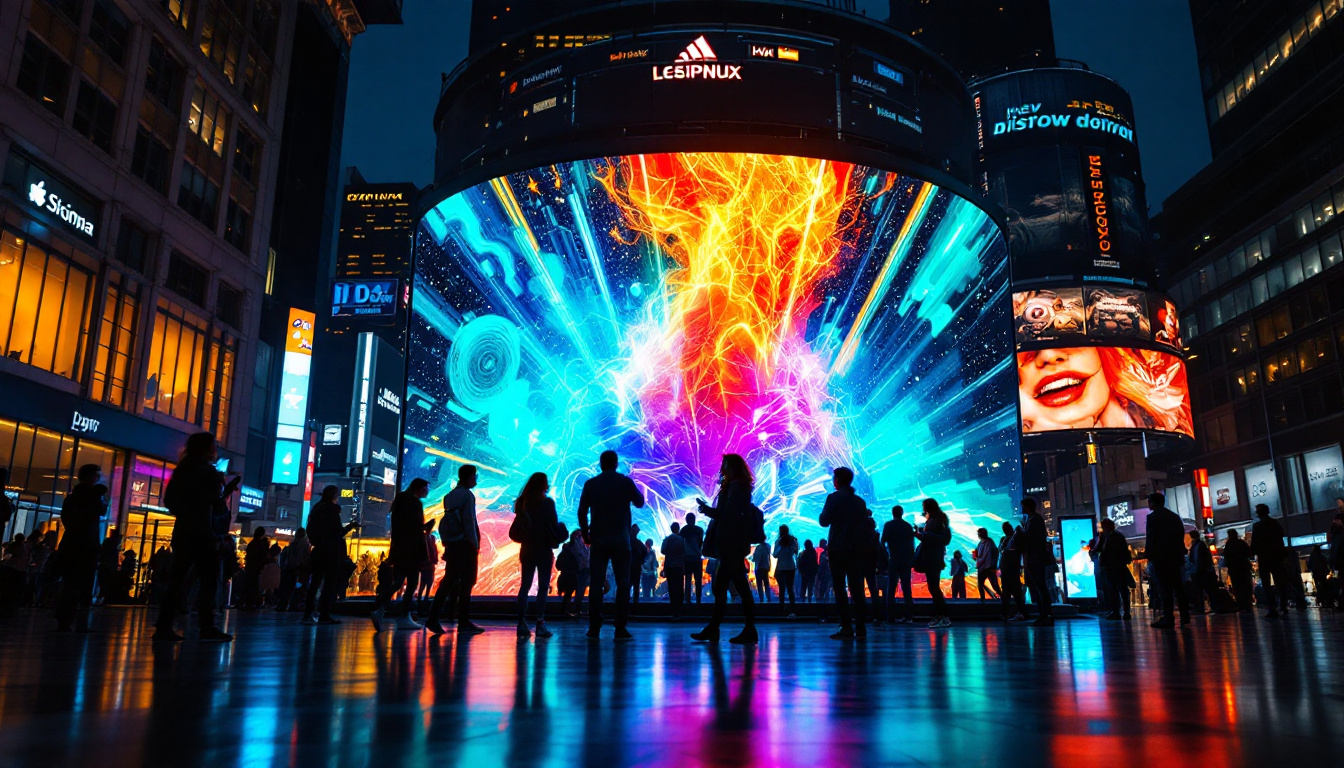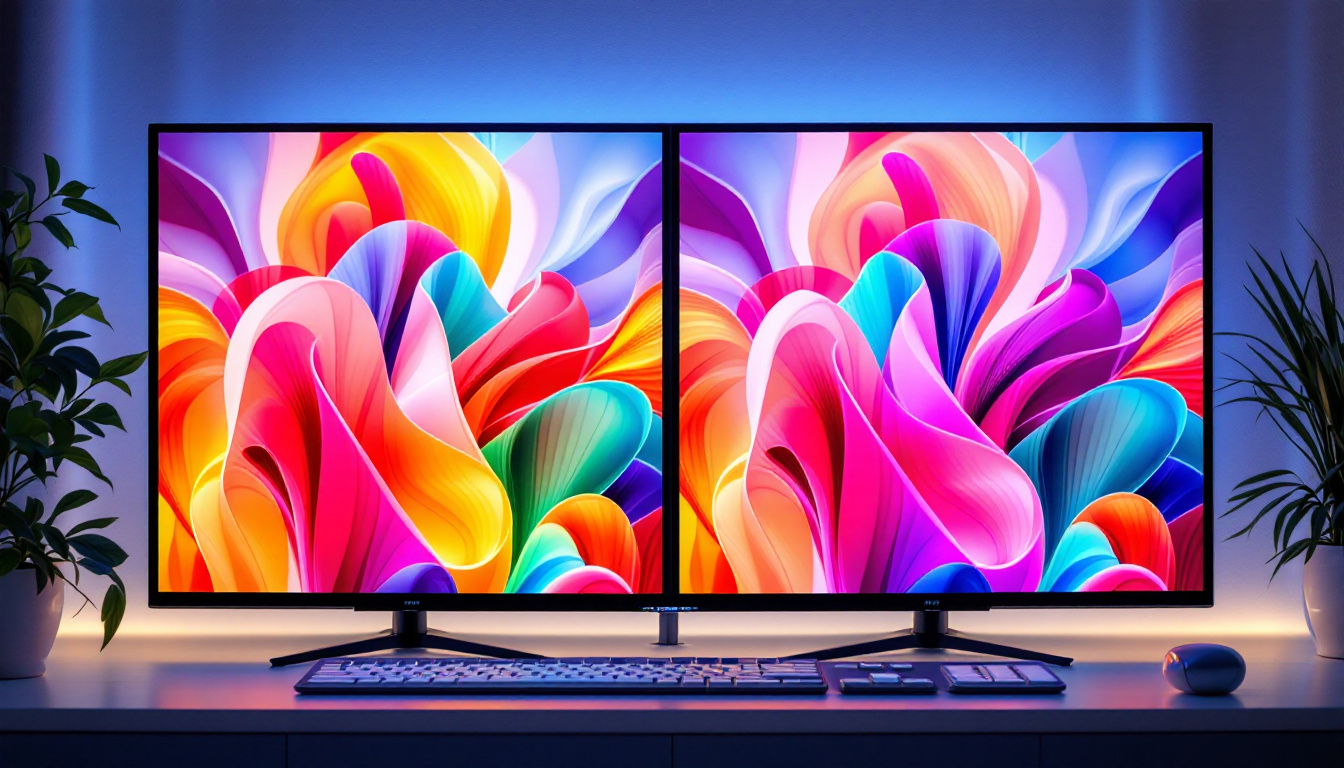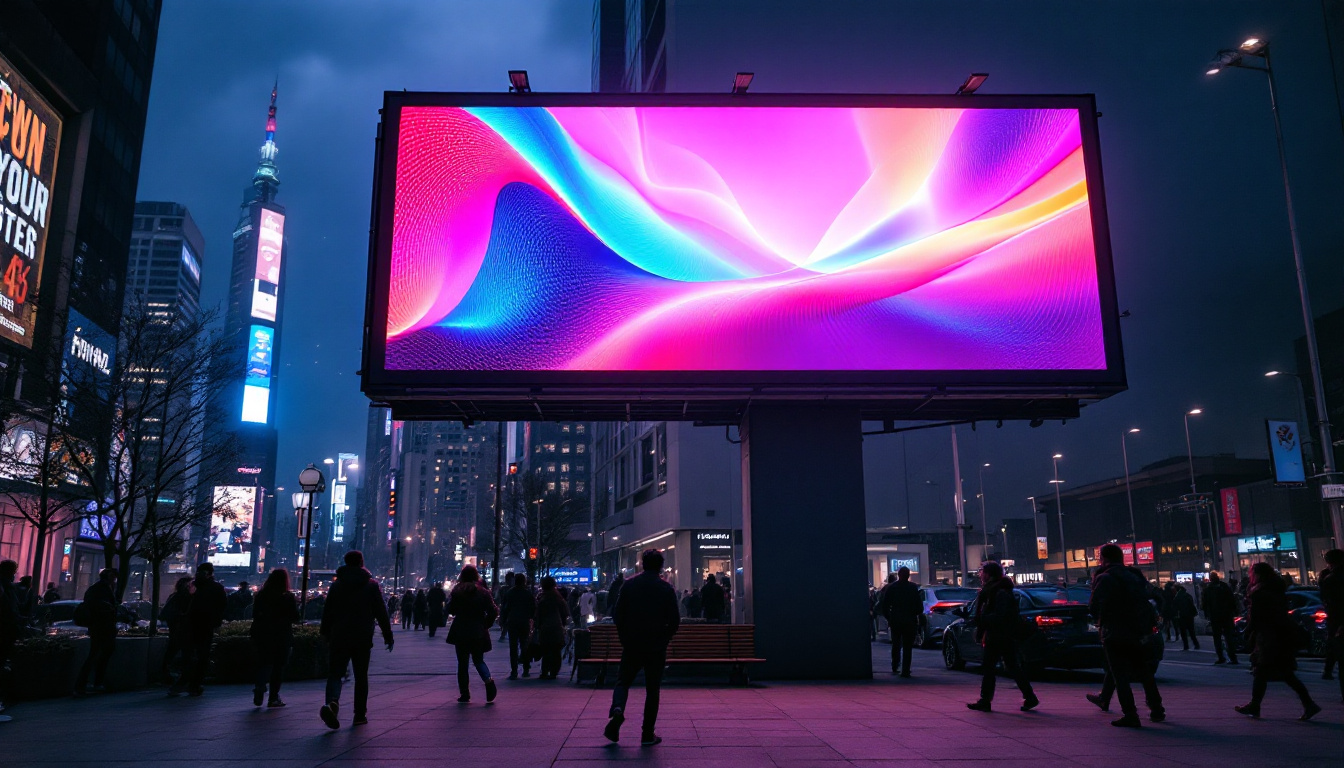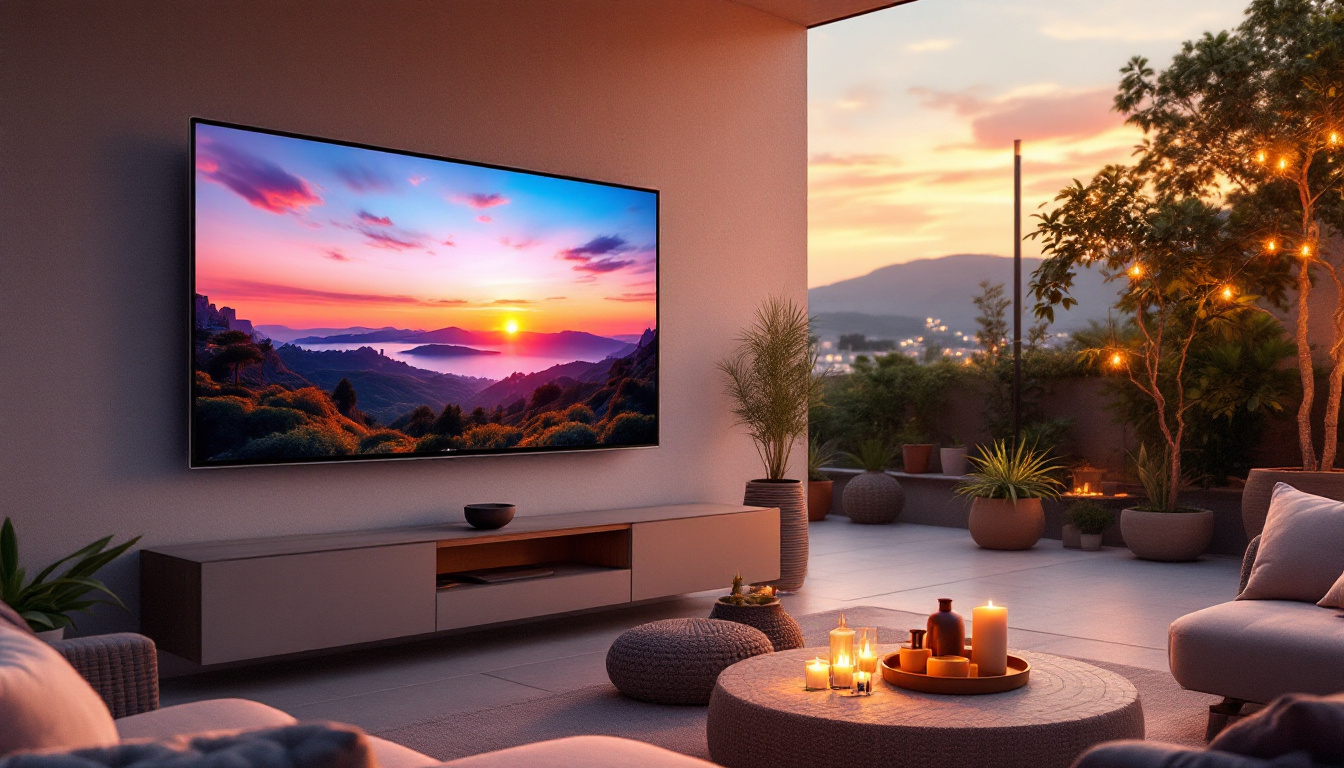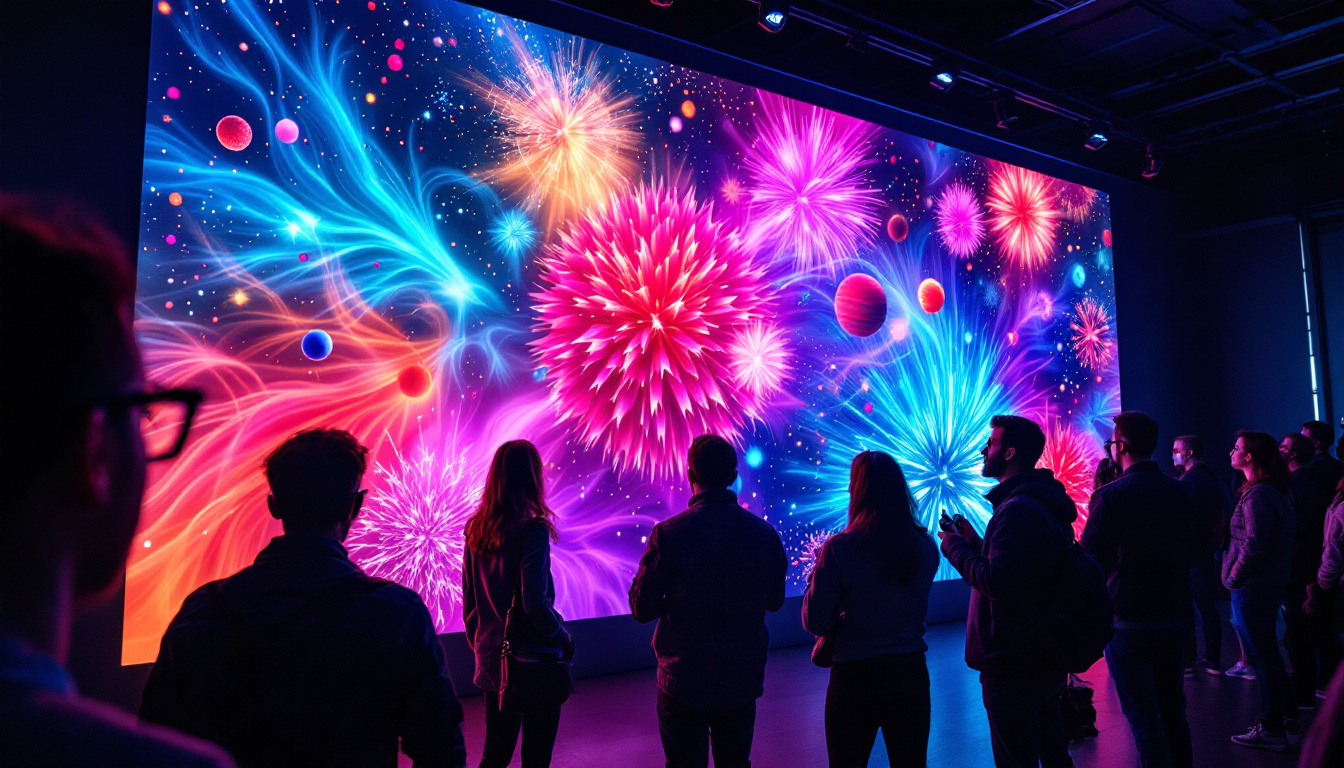In today’s digital age, video walls have emerged as a powerful tool for communication, advertising, and entertainment. These large displays, composed of multiple screens, create a visually stunning experience that captivates audiences. To achieve this, the right mounting solutions are essential. This article delves into the intricacies of video wall TV mounts and LED displays, exploring their features, benefits, and installation considerations.
Understanding Video Walls
Video walls are essentially a collection of displays that work together to present a single cohesive image or video. They are commonly used in various settings, including retail environments, corporate offices, control rooms, and event venues. The technology behind these displays has evolved significantly, leading to the development of LED walls that offer superior brightness, color accuracy, and energy efficiency.
The Components of a Video Wall
A typical video wall setup consists of several key components: the displays themselves, video processors, and the mounting systems. The displays can vary in size and technology, with LED being the most popular choice due to its vibrant colors and high contrast ratios. Video processors are crucial for managing the content displayed across the screens, ensuring that everything is synchronized and visually appealing.
The mounting system is equally important, as it determines how the displays are arranged and secured. A well-designed mount allows for easy installation and maintenance, while also ensuring that the screens are aligned perfectly to create a seamless viewing experience. Furthermore, advanced mounting solutions can accommodate various configurations, including curved or angled setups, which can enhance the overall visual impact and engagement of the display.
Benefits of LED Video Walls
LED video walls offer numerous advantages over traditional display methods. One of the primary benefits is their ability to deliver high-quality images with exceptional brightness and clarity. This makes them ideal for environments with high ambient light, such as shopping malls and airports.
Additionally, LED displays are energy-efficient, consuming less power compared to older technologies. They also have a longer lifespan, reducing the need for frequent replacements. The modular nature of LED panels allows for flexible configurations, enabling businesses to create custom setups that fit their specific needs. Beyond their technical advantages, LED video walls also serve as powerful marketing tools. In retail spaces, for instance, they can showcase dynamic advertisements that capture consumer attention, while in corporate environments, they can facilitate effective presentations and collaborative work by displaying real-time data and visuals that enhance communication and decision-making processes.
Choosing the Right Video Wall TV Mount
Selecting the appropriate TV mount for a video wall is a critical step in the installation process. The right mount not only ensures stability and safety but also enhances the overall aesthetic of the display. There are several factors to consider when choosing a video wall TV mount.
Weight Capacity and Size
One of the first considerations should be the weight capacity of the mount. Each LED panel has a specific weight, and the mount must be able to support the combined weight of all the displays in the video wall. Additionally, the size of the panels should match the specifications of the mount to ensure a secure fit.
It’s advisable to consult the manufacturer’s guidelines for both the displays and the mounting system to avoid any compatibility issues. Overloading a mount can lead to disastrous consequences, including damage to the displays and potential safety hazards. Furthermore, understanding the weight distribution across the wall is essential; uneven weight distribution can cause strain on the mount and lead to premature wear or failure.
Mounting Style
Video wall mounts come in various styles, including fixed, tilting, and full-motion mounts. Fixed mounts are the simplest option, providing a secure and stable installation. They are ideal for situations where the viewing angle is predetermined.
Tilting mounts allow for some adjustment, enabling the user to angle the displays slightly for better viewing. Full-motion mounts offer the greatest flexibility, allowing the screens to be moved in multiple directions. The choice of mounting style will depend on the specific requirements of the installation site and the desired viewing experience. For instance, in environments where viewers may be positioned at varying heights, such as in auditoriums or public spaces, tilting or full-motion mounts can significantly enhance visibility and engagement.
Ease of Installation and Maintenance
Another important factor to consider is the ease of installation and maintenance. A mount that is complicated to install can lead to increased labor costs and extended downtime. Look for mounts that come with clear instructions and all necessary hardware for a straightforward installation process.
Maintenance is also a crucial aspect, especially for large video walls. A mount that allows for easy access to the displays will make it simpler to perform routine checks, repairs, or replacements without having to disassemble the entire setup. Additionally, some mounts are designed with features that facilitate cable management, reducing clutter and making it easier to troubleshoot any connectivity issues that may arise. This attention to detail not only improves the longevity of the installation but also contributes to a cleaner, more professional appearance of the video wall setup.
Installation Process for Video Wall TV Mounts
Installing a video wall TV mount requires careful planning and execution. The following steps outline a general installation process, though specific instructions may vary depending on the mount and display type.
Preparation and Planning
Before beginning the installation, it’s essential to prepare the site. This includes measuring the wall space to determine the optimal arrangement of the displays. Marking the locations for the mounts is crucial to ensure proper alignment.
Additionally, it’s advisable to check the wall’s structural integrity. If the wall is not strong enough to support the weight of the video wall, additional reinforcement may be necessary. Consulting with a structural engineer can provide valuable insights in such cases.
Mounting the Displays
Once the preparation is complete, the next step is to install the mounting brackets on the wall. This typically involves drilling holes and using anchors to secure the brackets firmly. It’s important to use a level to ensure that the brackets are aligned correctly, as any misalignment can lead to a distorted display.
After the brackets are in place, the LED panels can be carefully attached. This process often requires multiple people to handle the weight and ensure that the panels are positioned correctly. Once all panels are mounted, they should be powered on to check for any issues.
Common Challenges and Solutions
While installing a video wall TV mount can be straightforward, several challenges may arise during the process. Understanding these potential issues and their solutions can help ensure a smooth installation.
Alignment Issues
One of the most common challenges is achieving perfect alignment between the displays. Even a slight misalignment can disrupt the visual continuity of the video wall. To mitigate this, it’s essential to use a laser level during installation, allowing for precise positioning of each panel.
Additionally, many modern mounts come with adjustable features that can help fine-tune the alignment after installation. Taking the time to ensure proper alignment will pay off in the long run, as it enhances the overall viewing experience.
Heat Management
LED displays generate heat during operation, and inadequate ventilation can lead to overheating, which may affect performance and longevity. Ensuring that there is sufficient airflow around the video wall is crucial. This may involve leaving space between the displays or incorporating cooling systems if necessary.
Monitoring the temperature of the displays can also help identify any potential issues before they escalate. Many advanced video wall systems come with built-in temperature sensors that can alert users to overheating conditions.
Future Trends in Video Wall Technology
The video wall industry is continually evolving, with new technologies emerging that enhance performance and user experience. Staying abreast of these trends can help businesses make informed decisions about their display solutions.
Advancements in LED Technology
Recent advancements in LED technology have led to thinner, lighter panels with improved resolution and color accuracy. MicroLED and MiniLED technologies are at the forefront, offering even greater flexibility and performance. These innovations allow for more compact installations and higher pixel densities, resulting in stunning visuals.
Additionally, the development of transparent LED displays is gaining traction, allowing for unique applications in retail and advertising. These displays can be integrated into windows or glass structures, creating eye-catching visuals without obstructing views.
Integration with Smart Technologies
As smart technology continues to permeate various industries, video walls are also becoming more integrated with IoT systems. This integration allows for real-time content updates, remote management, and enhanced interactivity.
For instance, businesses can utilize data analytics to tailor content displayed on video walls based on audience engagement. This dynamic approach not only enhances the viewer experience but also maximizes the effectiveness of advertising campaigns.
Conclusion
Video walls represent a significant advancement in display technology, providing unparalleled opportunities for communication and engagement. The choice of video wall TV mount is a critical component that influences the overall effectiveness of these installations. By understanding the various mounting options, installation processes, and potential challenges, businesses can create stunning visual experiences that captivate audiences and drive results.
As technology continues to evolve, staying informed about the latest trends and innovations will be essential for leveraging the full potential of video walls. Whether for advertising, presentations, or entertainment, the right video wall setup can transform any space into an immersive experience.
Explore Cutting-Edge Video Wall Solutions with LumenMatrix
Ready to elevate your space with the latest in LED display technology? Discover LumenMatrix’s comprehensive range of innovative solutions tailored to meet your unique needs. From vibrant Indoor and Outdoor LED Wall Displays to dynamic Vehicle and Sports LED Displays, our products are designed to captivate and engage your audience. Experience the future of visual communication with our All-in-One LED Displays, LED Posters, and revolutionary Transparent LED Displays. Transform your message into an unforgettable visual journey with LumenMatrix. Check out LumenMatrix LED Display Solutions today and bring your vision to life.

